
Who doesn’t like a good visually stunning film? Last month, we made a list of 15 lesser-known visually stunning films, and it was warmly welcomed by Taste of Cinema readers.
Unfortunately, we had to drop a number of great films when compiling the list, so we decided to make it a running series on the site. Without further ado, these are 15 more visually stunning films that deserve to be seen by everyone.
1. The Fall (2006, Tarsem Singh)
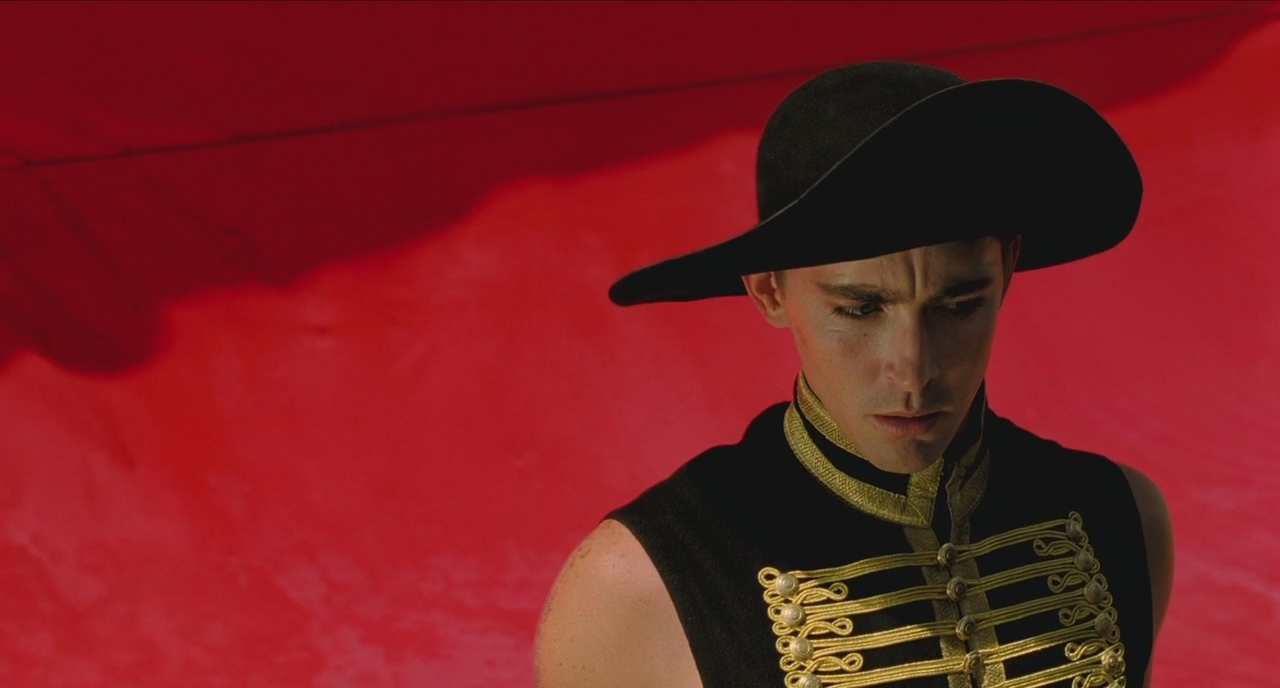
Indian-American director Tarsem Singh’s film “The Fall” gained a cult following due to its otherworldly visuals. The film was mostly self-financed by the director in order to realize his vision, and it was shot in 20 countries, including India, Indonesia (Bali), Italy, France, Spain, Namibia, China (PRC), and numerous others.
With a background in MVS and TV commercials, Singh made a film that could be somewhat called a wallpaper film, which means every frame of the film is worthy of a wallpaper. Just watching the opening scene alone will make your jaw drop.
2. Three Times (2005, Hou Hsiao-Hsien)
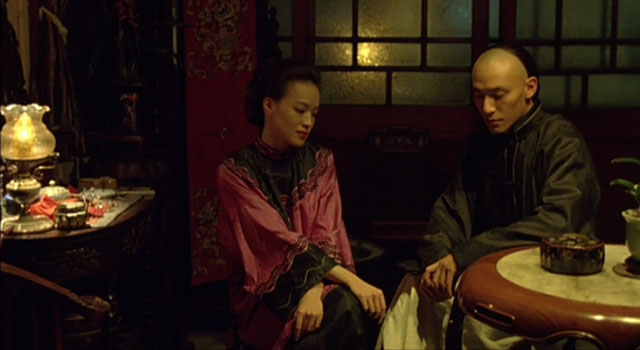
“Three Times” is not only one of Taiwanese filmmaker Hou Hsiao-Hsien’s most beautiful films, but is also one of the most visually stunning films in the history of Asian cinema. It consisted of three romantic stories about the same couple through almost a century’s time.
Each segment has its own unique visual approach. The first one is mostly slow-mo scenes while two slow-tempo songs play in the background; the second one is a silent period piece; and the third is a modern tale with some interesting lighting techniques. Roger Ebert loved the film and said that it’s “all photographed with such visual beauty that watching the movie is like holding your breath so the butterfly won’t stir.”
3. Mishima: A Life in Four Chapters (1985, Paul Schrader)
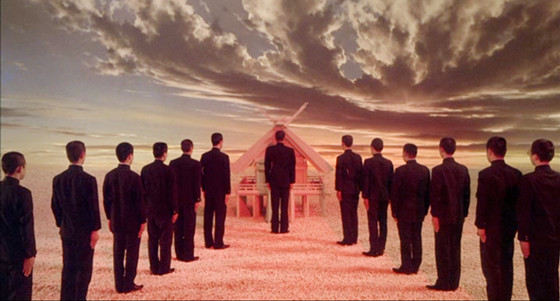
American screenwriter / director Paul Schrader is famous for writing the screenplay for Martin Scorsese’s masterpiece “Taxi Driver”, but his films as a director were often overlooked, although “American Gigolo” and “Cat People” both became cult classics.
Then there is this forgotten gem called ”Mishima: A Life in Four Chapters”, a gorgeous biopic about famous Nobel-winning Japanese author Yukio Mishima, who is famous for his ritual suicide by seppuku after a failed coup d’état attempt.
The film interweaves episodes of his life with fictionalized segments of his novels; the set design and cinematography of the latter part is absolutely stunning, making one mistake it for a late Suzuki or Oshima film. A bonus point is Philip Glass’s iconic score.
4. Orpheus (1950, Jean Cocteau)
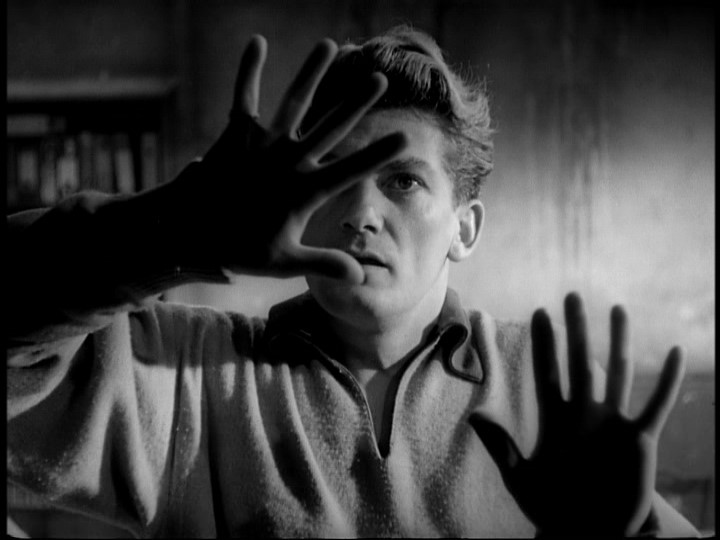
French avant-garde filmmaker Jean Cocteau was famous for his exquisite adaptation of “Beauty and the Beast” and experimental wonder “The Blood of a Poet”.
This film, ”Orpheus”, is the second film in his Orphic trilogy and the most beautiful one. It was based on the tragic love story of legendary musician and poet Orpheus from the ancient Greek myth. The scene where Orpheus has to go through a mirror to the underworld is pure magic.
5. Europa (1991, Lars von Trier)
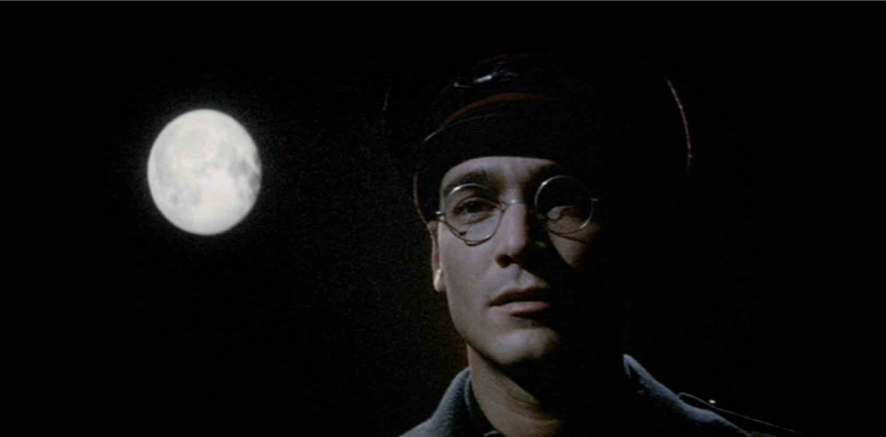
As the leading figure of the innovative Dogme 95 movement and one of the most talked-about filmmakers nowadays, Danish auteur Lars von Trier is famous for making experimental and controversial films. Though his Dogme 95 films look raw due to the rules of the movement, his early film “Europa” is an absolute visually-stunning knockout.
It’s a black and white film with the perfect blend of color in key scenes, and von Trier’s uses of superimpose and background projection in some scenes are unforgettable. The voice-over from Max von Sydow has this hypnotic quality that brilliantly convey the nightmarish feeling of the film.
6. Woman in the Dunes (1964, Hiroshi Tashigahara)
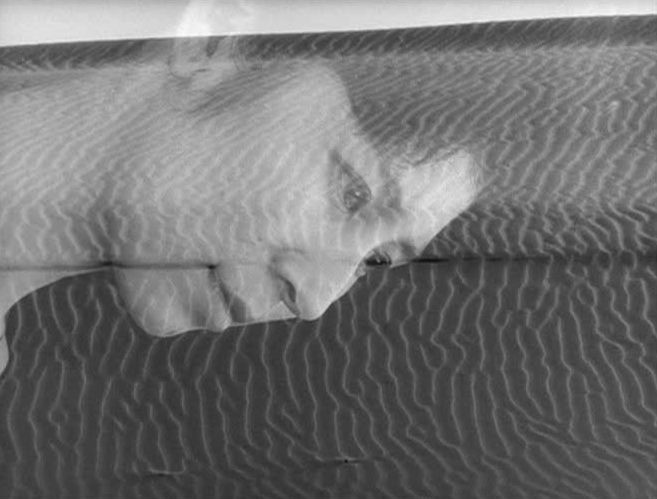
Hiroshi Teshigahara and Kōbō Abe are among some of the greatest director-writer teams in cinema history. Their most outstanding collaborations include their existential trilogy with “Woman in the Dunes” as the central chapter and the most famous one.
The cinematography of the sand looks incredible; it’s so crystal that you can almost feel the sand grains. If you are unfamiliar with the Japanese New Wave, this could be your introduction.
7. My Own Private Idaho (1991, Gus van Sant)
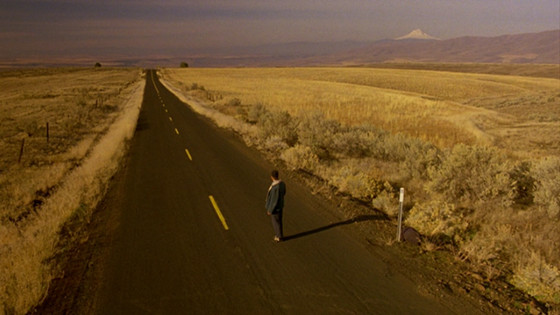
Gus van Sant’s iconic indie film ”My Own Private Idaho” was mostly remembered for its star River Phoenix’s incredible performance, but the cinematography by John J. Campbell and Eric Alan Edwards deserve the same level of praise here.
Anyone who has seen the film cannot forget the time-lapse scenes, the clouds, the fish jumping out of the water, and the long and winding road. Eric Edwards shot these scenes on his own, and van Sant originally had the screen go black when Mike passed out. He later decided to use Edwards’ footage as a way of showing “an altered sense of time” from Mike’s perspective.